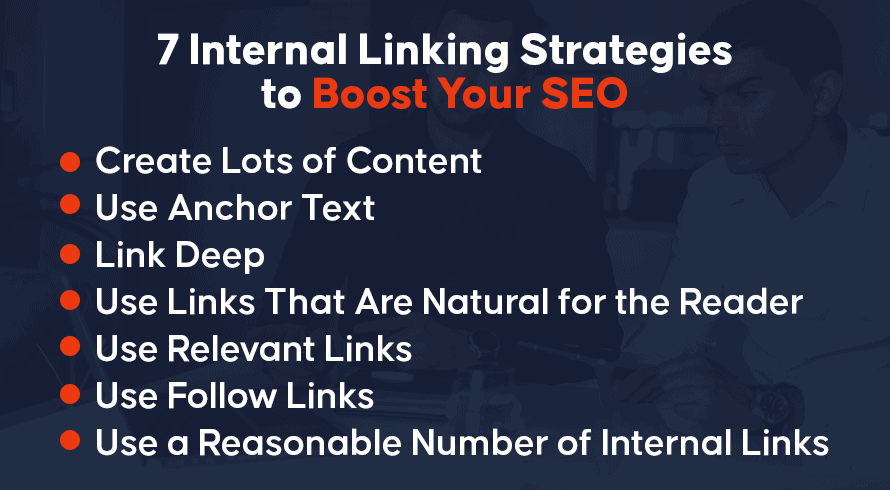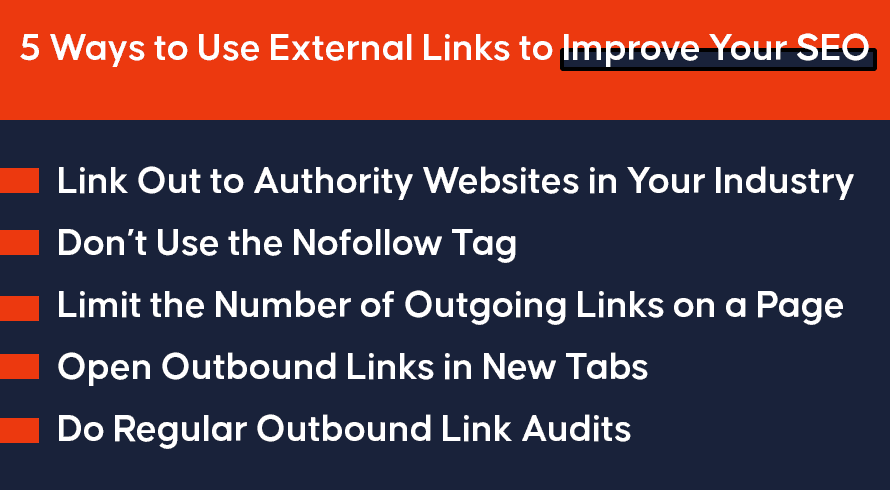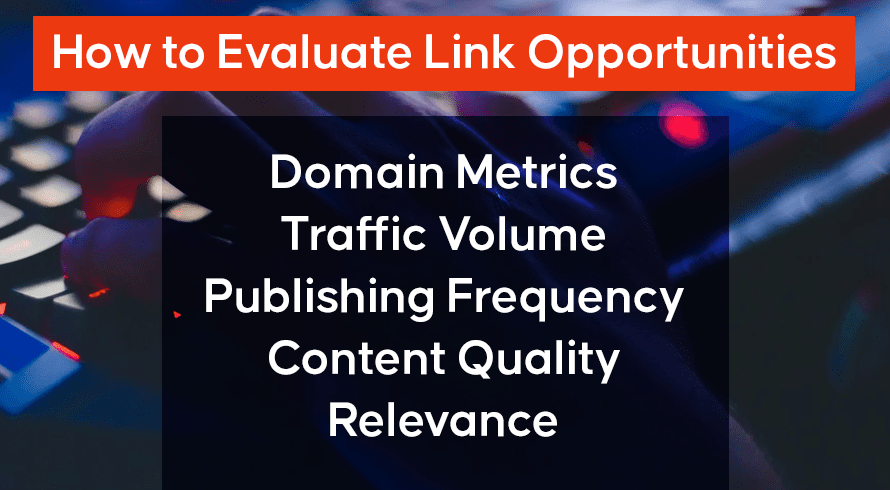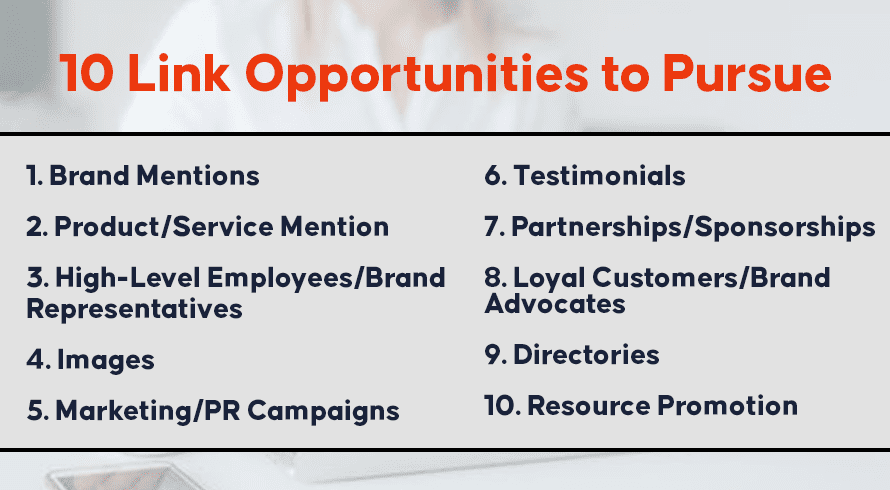Inquivix HQ
1-903, 18 Eonju-ro 146-gil,
Gangnam-gu, Seoul, Korea
06057

What are link opportunities? How can link building help your business website?
In the digital era, building connections is more important than ever. Not only do they help create a web of support, but they also offer opportunities for growth and expansion. When it comes to business, one of the most important types of connections you can make is links.
Links are essentially votes of confidence. They show that your site is valuable and trustworthy enough to be worth linking to. In this blog post, we will discuss link opportunities – both internal and external – and how you can optimize them for better SEO (search engine optimization) performance. We’ll also provide some tips on how to evaluate link opportunities and choose the right ones to pursue.
Why External and Internal Links Are Important for SEO?
There are two types of links that are important for business: internal and external. Internal links are connections that you make within your website. External links are connections that you make with other websites. Both types of links are important for SEO. They help search engines crawl and index your website, and they also help pass authority from one website to another.

What Are the Benefits of Internal Links?
Links that point to other pages on your site are called internal links. They direct visitors to a target page on your website by linking from one page of your site to another. Internal links guide your customers and followers from one page to another on your site. This means that they spend more time on your site giving you a better chance at converting them to a lead. By providing an internal link, you might encourage a viewer to read or learn more about the particular topic, or else request that they contact you for a consultation.
Internal linking can help your website rank higher in search engines and be more visible by allowing a search engine bot to better “crawl,” or comprehend, your page and its context. It will also assist a bot in finding other pages on your website. A well-structured page, for both humans and search engine bots, will be indexed by the search engines better.
What Are the Benefits of External Links?
External links, on the other hand, are links that guide the user to another website with high authority. When you include external links in your content, you are passing on some of that authority to the website you’re linking to. This is beneficial because it can help improve the ranking of that site with search engines. The number and quality of the external links you use matter. Adding high-quality, reputable website connections to your sites will help improve your site’s trustworthiness, but adding low-quality, spam links will damage it.
External linking is a wonderful source of free traffic for your website, and it’s also an important component of Google’s search engine algorithm. The outbound links are more valuable if they direct to popular and relevant sites that are widely read and linked to your page’s content. Inbound links from other websites will also add to your site’s authority. They’re a fantastic method to connect with others in the same industry and get your material out there. You also need to incorporate both outbound and inbound links to aid with the overall authority of your site as part of your link-building plan.
7 Internal Linking Strategies to Boost Your SEO
When it comes to your website and SEO, links are incredibly important. They help search engines understand what your site is about, and they also play a role in helping improve your site’s ranking. In addition, links can also help increase the amount of traffic that your site receives.
There are three primary reasons for strategic internal linking. The first one is that it helps the website navigation. Next, it sets the hierarchy and architecture of a website. Third, it spreads out both page authority and ranking strength throughout the site. All these will help your website’s performance. Here are 7 internal linking strategies to boost your SEO.
Create Lots of Content
To create a large number of internal links, you must have a lot of internal pages. When there is a lot of relevant content, you’ll have a large amount of linkable material. The more connections there are between pages within your site, the stronger your internal link strategy will be. Internal linking opportunities should develop naturally, but you may arrange the content by including long-tail keywords and other relevant information.
Use Anchor Text
Anchor text should be used rather than linked images when developing internal links. Use linked images if they’re not the primary source of links but make sure that the picture has relevant alt-tags. When creating anchor texts, allow natural, unoptimized sentence fragments instead of optimized keywords. This will create a more user-friendly link that is less likely to be considered spam.
Link Deep
When you are doing internal linking avoid linking to top-level pages like the homepage or ‘Contact us’. These pages usually have too many links leading to them. You need to create links to pages that are deep within your site. This will help your pages rank higher since they are receiving more links from other internal pages.
Use Links That Are Natural for the Reader
The primary goal of internal links is to offer value and information to users. Therefore, the link should appear natural in the content and not like something forced onto it. Remember, even if you are doing SEO, your primary audience is the user. Internal linking improves user engagement on your site. When a reader finds an informative link that is relevant to the topic, they are more likely to click on it. The site visitor stays longer and becomes more engaged as a result of the article. Internal linking implies that your content is useful. Both the visitor and the search engine would recognize that.
Use Relevant Links
Your links should be purposeful rather than accidental and they should be direct to a relevant page. If the link is going to another page on your site, it should be sending the user to a page that has more information on the topic.
Use Follow Links
There are two attributes to links; follow and nofollow. Follow links are the default setting and they tell the search engine that you want it to crawl and index the linked-to page. Nofollow links tell the crawler not to follow or index the destination page. You can use nofollow links on pages that you do not want crawled, such as your privacy policy or contact us page. Follow links will help you build the website architecture for internal linking.

Use a Reasonable Number of Internal Links
Don’t be concerned about having a large number of links in your content. Keep the links on a particular page to an acceptable amount. We suggest three to four per page, depending on how long the post is. But, there is one thing that matters more than anything else: the user. Include as many links as necessary for the user.
5 Ways to Use External Links to Improve Your SEO
External links are links from other websites that point to your website or blog. They are an important part of SEO because they help search engines understand the relevancy of your site. There are a few different ways you can use external links to improve your SEO.
Link Out to Authority Websites in Your Industry
Linking to external websites with more authority will help your site’s credibility. Their authority will recommend your site to the user as well as the search engine. When you link out to an external website, make sure the content is relevant to your site.
Don’t Use the Nofollow Tag
The nofollow tag tells the search engines to not index the linked page. While you are sharing the authority of that page, you are not offering anything. Website owners do not like when you link with nofollow tag and may refuse to work with you. Therefore, include the follow tag so that the external site will also gain some benefit and they will be more willing to work with you in the future.
Limit the Number of Outgoing Links on a Page
Too many outgoing links can also hurt your website’s ranking. When you have too much traffic leading to other websites from yours, it looks like you are not providing enough information or value on your own site. This sends a signal to Google that your website is not as valuable as others and therefore should rank lower in the search engine results pages. Therefore, include only the most necessary external links.

Open Outbound Links in New Tabs
When you have an outbound link, make it so that when the link is clicked the external web page opens in a new tab or window. This will reduce the chance of the visitor leaving your site. It will also keep the visitor on your site for a longer period of time, which is beneficial for two reasons: it allows them to explore more of what you have to offer and it gives the search engine crawlers more time to index your web pages.
Do Regular Outbound Link Audits
Websites need to be updated regularly. In order to make sure that your link-building strategy is strong, you need to conduct regular outbound link audits. This means that you need to check all of the external links on your website on a regular basis to make sure that they are still working and that they are still pointing to high-quality websites. If you find any broken links, or if any of the websites that you are linking to have changed their content or their URL structure, then you will have to update your linking accordingly.
How to Evaluate Link Opportunities?
When determining suitable link opportunities, various criteria have to be considered. It may be tough to determine how much effort is required or if it’s even worth attempting a connection from a particular website. It’s fairly easier to identify internal linking opportunities. However, identifying external link opportunities can be challenging. Here are five factors, which should be considered when trying to determine if a link opportunity is worth pursuing.
Domain Metrics
Sorting websites by a domain’s objective measure of authority is one of the simplest ways to identify which ones we want to earn links from. The more high-quality, relevant links that point to a website, the better its outbound connections will generally be and the more influence they will have on your ranking.
Traffic Volume
When a website has a lot of traffic, not only does the link provide you with an advantage, but also exposes your site to actual users. However, don’t just examine the website’s present traffic. Examine how its traffic has evolved over time. If a site’s traffic has been increasing steadily, that usually indicates the link is worth pursuing. If their traffic is low or has been steadily dropping, you might want to focus your efforts elsewhere.

Publishing Frequency
Check how often they publish new content. The more often they publish, the greater the likelihood that your link will be seen and clicked. However, if their publishing schedule is sporadic or infrequent, it’s likely not worth pursuing a link from them.
Content Quality
The quality of their content tells you how much effort they put into their business. If the content is not good enough, it’s likely that their site isn’t being seen as a valuable resource by visitors. When evaluating link opportunities, always consider the website’s authority and how relevant the content is to your own site. Pursuing links from irrelevant or low-quality websites can actually hurt your SEO efforts.
Relevance
The external link opportunity you are pursuing should be relevant to your content. Otherwise, you may not see the desired results from your link-building efforts. When evaluating a potential link, ask yourself how well it aligns with your site’s content and whether it would be of value to your visitors.
10 Link Opportunities to Pursue
We have discussed strategies to build links and how to evaluate link opportunities. To evaluate link opportunities, you need to know which opportunities to pursue. We have listed 10 valuable link opportunities to pursue.
#1 Brand Mentions
Unlinked mentions are one of the most effective ways to obtain natural, useful links. Online references to your brand provide real marketing value and represent excellent link prospects. If a website has mentioned your brand, there’s a good chance that they would like to link to it. All it takes to establish these connections is a little research. There are many SEO tools that can help you do this.
#2 Product/Service Mention
Aside from brand names, which may be used to build links, there are several other mentions that can do the same. Product or service references may also be converted into relevant connections. So, when you are doing your research on mentions, make sure to include your products or services in it as well.
#3 High-Level Employees/Brand Representatives
Mentions of key personnel or individuals affiliated with your company may also be considered link possibilities. If you have a blog, be sure to include author bios and links to their social media profiles. Their reputation in the industry will help your site’s authority. When it comes to brand representatives, make sure they are listed on your website with all of their relevant contact information. If they’re not, that’s a link opportunity you’re missing out on.
#4 Images
Your brand’s unique images are “visual mentions” and provide excellent chances to get high-quality links. Link opportunities for images can appear in a variety of formats, including logos, graphics, proprietary images, product photos, etc.

#5 Marketing/PR Campaigns
Unlinked mentions and link opportunities may arise from PR and marketing efforts. Publicity campaigns, together with link acquisition are particularly effective.
#6 Testimonials
Testimonials provide a win-win situation for you and the site you’re promoting. They also have commercial value and offer a route to link back to your business.
#7 Partnerships/Sponsorships
Not only are brand-to-brand partnerships beneficial, but they also offer link possibilities. You should definitely create a digital relationship with your business’s partners with link-building. Similarly, if your business is involved in sponsoring events, you should be looking for link possibilities with them as well.
#8 Loyal Customers/Brand Advocates
Developing a loyal following and brand advocates is essential for expanding your business, but it also provides you with good link opportunities.
#9 Directories
Not only can business directories be a great source of backlinks, but they may also provide you with leads for articles and other content. However, not all directories are equal, so you must exercise extreme caution while choosing potential ones. Ask these questions before you select a business directory.
- Is this directory relevant to my company and target audience?
- Is it evident that the site owner of this directory is a person?
- Is this a directory my target audience can see and access?
#10 Resource Promotion
You can use resource pages on your site to build links. If your site has a blog, e-books, video guides, etc., look for opportunities to link them internally and externally.
Conclusion
Link-building is one of the key SEO strategies for any business. Learning what links are, and link-building strategies are very important. The first section of this article discussed the basics of link-building. However, before you build your links, you should be able to identify opportunities for generating links. We discussed 10 major link opportunities that a business can pursue and also how to evaluate them. The links are still one of the most important ranking factors so make sure you use this information to your advantage.
